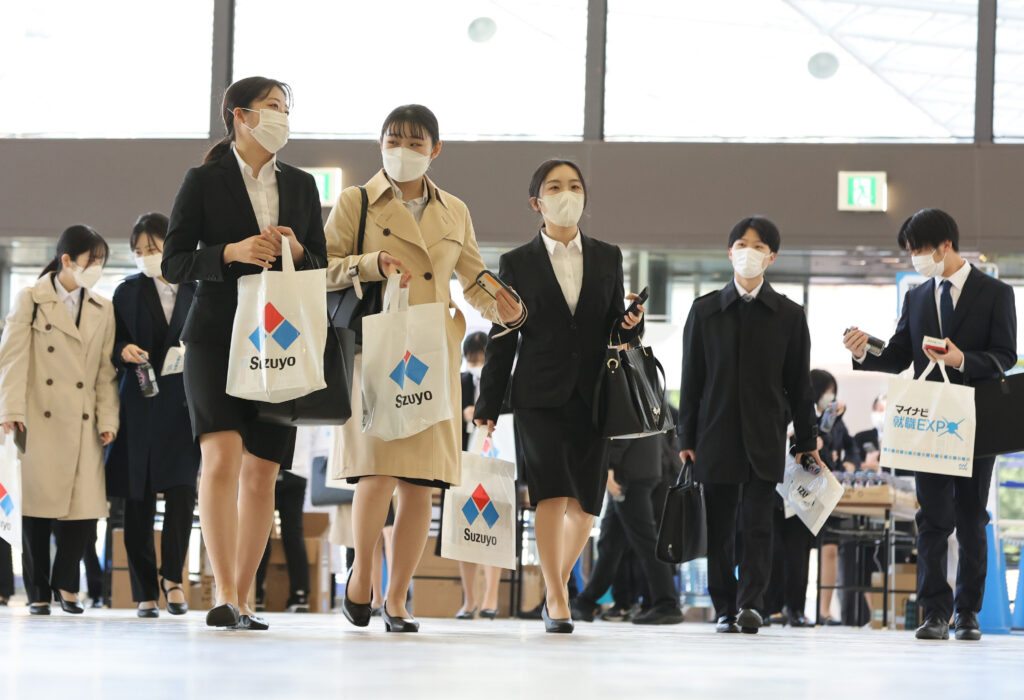
The Nihon Keizai Shimbun, a Japanese business magazine, quoted a report on the Labor Force Survey by the Ministry of Internal Affairs and Communications on the 4th, saying, “The number of non-regular workers aged 25 to 34 who were employed for the purpose of working the hours they wanted reached 730,000 last year, up 140,000 from 10 years ago,” adding, “The number of non-regular workers who could not find regular jobs decreased. We need to design treatment and social security systems that fit the new way of working.” The report put the total number of non-regular workers at 2.124 million. Among them, 2.37 million were non-regular workers aged 25 to 34. The number is down 640,000 from a decade ago in 2013. Among non-regular workers aged 25 to 34, 300,000 said there were no regular jobs, down 540,000 from a decade ago. On the other hand, 31.9 percent said they wanted to work at a convenient time on their own, up 10.6 percentage points from a decade ago. The Nikkei Shimbun reported that the number of non-regular workers who could not find regular jobs even if the age group was expanded to all generations increased to 1.96 million, down 1.45 million from a decade ago. “The number of people who want a faithful private life has increased. The value of work has also changed,” said Shintaro Yamaguchi, a professor at the University of Tokyo.The Nikkei said that improving the employment environment was the cause of the increase in the number of “regular workers of choice.” Japan’s unemployment rate has been below 4 percent since 2014, three years after the Great East Japan Earthquake, due to economic recovery. In fact, the country is now fully employed. On top of that, it is estimated that the government-led policy of converting regular workers has contributed to the improvement of the employment environment to some extent. Japan’s Ministry of Health, Labor and Welfare estimates that it supported business operators from 2013 to 2022, driving them to convert to more than 780,000 regular workers. Another reason behind the increase in the number of “regular workers of choice” is the increase in the number of job seekers aged 65 or older who want to work without too much effort in receiving pensions. “The number of job seekers aged 65 or older stood at 520,000 last year, which is a little more than double the level of 10 years ago,” the Nikkei said. “Non-regular workers are being accommodated by retirees who want to take advantage of the skills they have learned during their time as regular workers.” However, the Nikkei said, “The employment of non-regular workers is unstable, and the hourly wage is as low as 70 percent of that of regular workers. Many people choose non-regular workers for childcare or nursing.” The Ministry of Health, Labor and Welfare said, “If the work is compatible with childcare and nursing, it is believed that there will be non-regular workers who want regular workers.”
SOPHIA KIM
US ASIA JOURNAL



